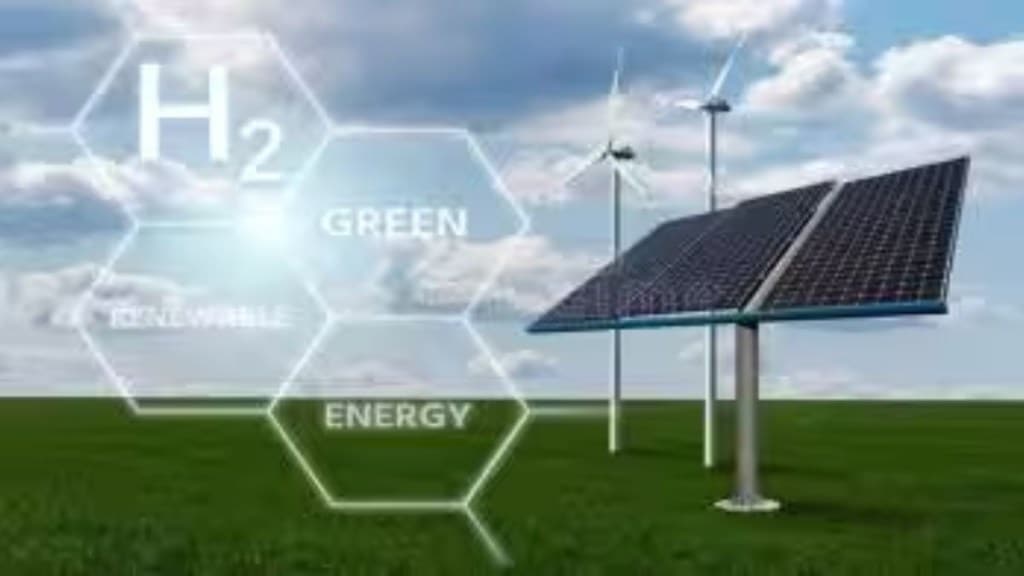India needs to promote green hydrogen on a large scale and work on reducing the cost of elctrolyzers for an accelerated path to net zero, said NITI Aayog member VK Saraswat at the 11th Subir Raha Memorial Lecture on Tuesday.
“With most parts of India receiving 4-7 kWh of solar energy per square metre per day, the green hydrogen play looks like an ideal solution to help India meet its energy needs,” Saraswat said speaking on ‘Sustainable Energy Transition’.
He, however, said that green hydrogen at existing cost of $5-$6 per kg will not be sustainable. It has to be brought down to below $2 per kg. He listed down the requirements to bring down the cost of green hydrogen to $1 per kg.
“Cost of electrolyzer must come down 80% from $650-$1,000 per kilowatt (kW), electricity cost must fall to 2 cents per kWh, electrolyzer plant life should go up to 20 years, electrolyzer efficiency must increase to 76% and electrolyzer plant load factor (PLF) must go up to 4,200 hours per year,” he said, adding that the weighted average cost of capital has to be at 6%.
Saraswat, who is a missile technology and defense research expert, said that the cost of green hydrogen will remain unaffordable till 2030. For its success, 90% greening of the grid is also required.
“We have a target of producing 5 million tonne of hydrogen by 2030. For doing that India needs 211.4 GW of solar power. As of 2023, installed capacity of solar power is 67 GW. The forecast for installed capacity of solar power is that it will reach the required number by 2030. We will have to use all this power for hydrogen production,” he said.
Saraswat said that hydrogen production via electrolysis from power grid would yield about 30 kgs of CO2 emissions per kg of hydrogen as electricity in India is mostly produced by fossil fuels. In comparison, blue hydrogen produced from natural gas reformation is estimated to emit 1.7 kg of CO2 per kg hydrogen. The current cost of blue hydrogen is at $1-$1.2 per kg, while the existing cost of green hydrogen is $5-$6 per kg.
“Adopting blue hydrogen will eventually lay the path for green hydrogen with incremental greening of source electricity,” he said.

